Formation of Greatest and Smallest Numbers
In formation of greatest and smallest numbers we know the procedure of arranging the numbers in ascending and descending order. We have learnt already that the greatest number is formed by arranging the given digits in descending order and the smallest number by arranging them in ascending order. The position of the digit at the extreme left of a number increases its place value. So the greatest digit should be placed at the extreme left side of the number to enhance its value.
If one of the given digit is 0, we never write the digit 0 at the extreme left place, instead we write 0 at the second place from the left to get the smallest number.
Examples on Formation of Greatest and Smallest Numbers:
1. Form the greatest and smallest number using the digits 9, 3, 7, 5.
|
To Form the Greatest Number |
To Form the Smallest Number |
|
Greatest number should have greatest digit in the thousands place that is 9. |
Smallest number should have smallest digit in the thousands place that is 3. |
|
The next greatest digit in the hundreds place that is 7. |
The next smallest digit in the hundreds place that is 5. |
|
The next greatest digit in the tens place that is 5. |
The next smallest digit in the tens place that is 7. |
|
The smallest digit in the ones place that is 3. |
The next smallest digit in the ones place that is 9. |
|
So, the greatest number is 9753 |
So, the smallest number is 3579 |
|
Here, digits are arranged in descending order |
Here, digits are arranged in ascending order. |
2. Form the greatest and the smallest numbers using the digits.
6, 8, 1, 0, 9, 5, 4, 2.
Solution:
We arrange the given digits in descending order to form the greatest number. Hence, the greatest number is 9,86,54,210.
We arrange the given digits in ascending order to form the smallest number. Hence, the smallest number is 1,02,45,689.
Solved examples on Formation of Greatest and Smallest Numbers:
3. Suppose we have to form the greatest number with the digits 6, 5, 2,
9. We know that a four digit number has four places, i.e., thousands,
hundreds, tens and ones or units from left to right as Th, H, T, O. If greatest to lowest digits are placed at these places in descending order, we get the greatest number and if placed in ascending order, we get the smallest number.
Observe the formation of greatest and smallest numbers so formed are:
Th H T O
Greatest number 9 6 5 2
Smallest number 2 5 6 9
To get the greatest number, the greatest digit 9 is placed at the
highest valued place, i.e., thousands-place, next smaller digit 6 at
hundreds-place, still smaller digit 5 at ten's place and the smallest
digit 2 at one's or units place.
Thus, the greatest number is 9652.
To get the smallest number, the smallest digit 2 is placed at
thousands-place, next greater digit 5 at hundred’s place, still greater
digit 6 at ten's place and greatest digit 9 at one's or units place.
Thus, the smallest number is 2569.
4. Suppose we have to form the greatest number with the digits 8, 1,
4, 7. We know that a four digit number has four places, i.e., thousands,
hundreds, tens and ones or units from left to right as Th, H, T, O. If greatest to lowest digits are placed at these places in descending order, we get the greatest number and if placed in ascending order, we get the smallest number.
Observe the formation of greatest and smallest numbers so formed are:
Th H T O
Greatest number 8 7 4 1
Smallest number 1 4 7 8
To get the greatest number, the greatest digit 8 is placed at the
highest valued place, i.e., thousands-place, next smaller digit 7 at
hundreds-place, still smaller digit 4 at ten's place and the smallest
digit 1 at one's or units place.
Thus, the greatest number is 8741.
To get the smallest number, the smallest digit 1 is placed at
thousands-place, next greater digit 4 at hundred’s place, still greater
digit 7 at ten's place and greatest digit 8 at one's or units place.
Thus, the smallest number is 1478.
Forming Greatest and Smallest Numbers
We know that the greatest number is formed by arranging the given digits from the
greatest to the smallest. The smallest number is formed by arranging the given digits from the smallest to the
greatest.
5. Let us take the digits 5, 9, 4, 6, 3 and 2.
Here, 9 > 6 > 5 > 4 > 3 >2
So, the greatest 6-digit number formed using these digits is 9,65,432.
So, the smallest 6-digit number formed using these digits is 2,34,569.
But, if we have one of the given digits as 0, then it is not written at the extreme left.
While writing the smallest number, we write 0 in the second place from the left.
Let us take the digits 7, 6, 0, 2 and 5.
The greatest 5-digit number formed is 76,520.
The smallest 5-digit number formed is 20,567 and not 02,567.
Challenging Questions on Formation of Numbers:
6. I am the smallest 5-digit number with all digits greater than 4 and with all my digits different. Who am I?
Solution:
We know that the smallest 5-digit number is 10000.
According to the problem all the digits should be greater than 4 and with all are different digits.
The smallest number greater than 4 is 5.
So, the first number should be 5.
We know all the five digits should be different.
So, the second number is 6.
Third number is 7.
Fourth number is 8.
Fifth number is 9.
Therefore, the smallest 5-digit number with all digits greater than 4 and different is 5,6,789.
In formation of greatest and smallest numbers these are the procedure of arranging the numbers in ascending and descending order.
Related Concept
- Formation of Numbers.
- Finding Out the Numbers
- Names of the Numbers.
- Numbers Showing on Spike Abacus.
- 1 Digit Number on Spike Abacus.
- 2 Digits Number on Spike Abacus.
- 3 Digits Number on Spike Abacus.
- 4 Digits Number on Spike Abacus.
- 5 Digits Number on Spike Abacus.
- Large Number.
- Place Value Chart.
- Place Value.
- Problems Related to Place Value.
- Expanded form of a Number.
- Standard Form.
- Comparison of Numbers.
- Example on Comparison of Numbers.
- Successor and Predecessor of a Whole Number.
- Arranging Numbers.
- Formation of Numbers with the Given Digits.
- Formation of Greatest and Smallest Numbers.
- Examples on the Formation of Greatest and the Smallest Number.
- Rounding off Numbers.
4th Grade Math Activities
From Formation of Greatest and Smallest Numbers to HOME PAGE
Didn't find what you were looking for? Or want to know more information about Math Only Math. Use this Google Search to find what you need.
Recent Articles
-
Subtraction of Length | Learn How the Values of Length are Arranged
May 03, 24 11:10 AM
The process of subtraction of units of length is exactly similar to that of subtraction of ordinary numbers. Learn how the values of length are arranged in different columns for the subtraction of len… -
Addition of Length | Learn How the Values of Length are Arranged
May 02, 24 05:07 PM
The process of addition of units of length is exactly similar to addition of ordinary numbers. Learn how the values of length are arranged in different columns for the addition of length. 1. Add 15 m… -
Worksheet on Measurement of Length | Exercise Sheet on Measurements
May 02, 24 03:17 PM
In worksheet on measurement of length, all grade students can practice the questions on units for measuring length. -
Worksheet on Measurement of Capacity | Measuring Capacity Worksheets
May 01, 24 05:27 PM
In worksheet on measurement of capacity, all grade students can practice the questions on units for measuring capacity. This exercise sheet on measurements can be practiced by the students to get more -
Conversion of Standard Unit of Capacity | Unit of Capacity | Problems
May 01, 24 04:42 PM
For the conversion of standard unit of capacity it’s very important to know the relationship between the different units of capacity. We know, one litre = 1000 millilitre 1000 millilitre = 1 litre
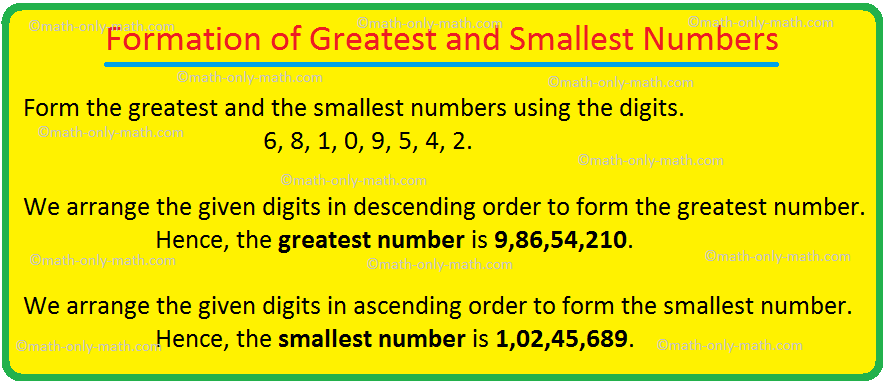
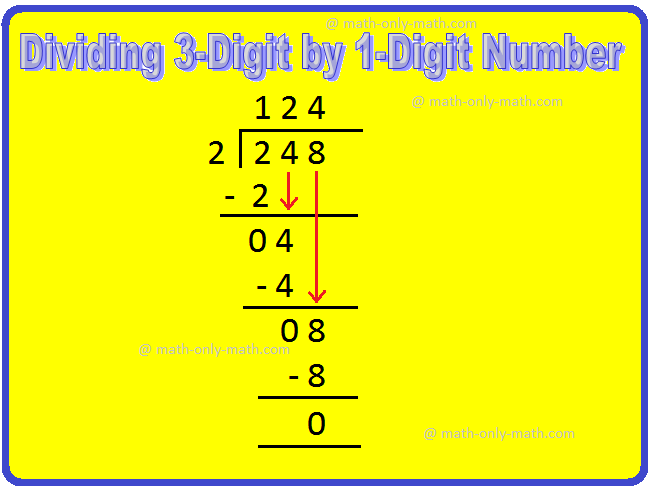

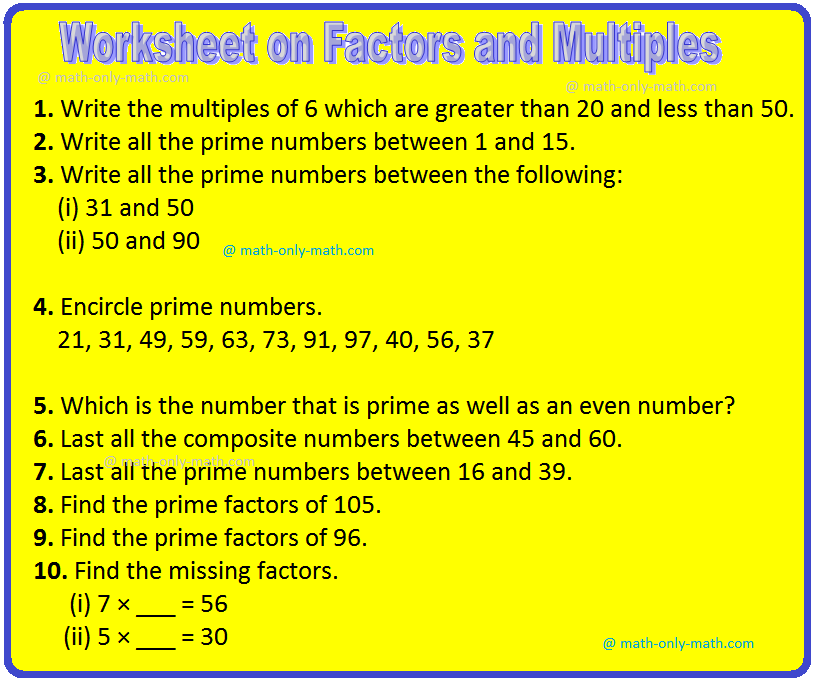


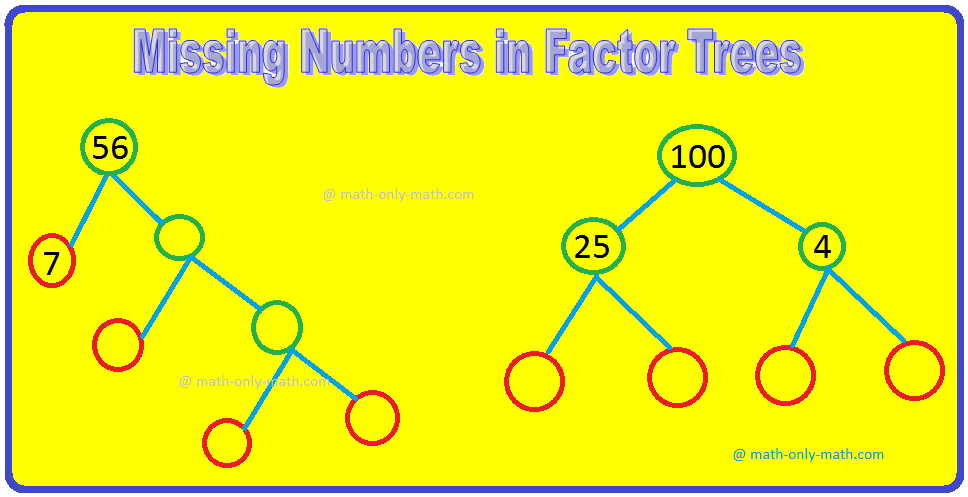
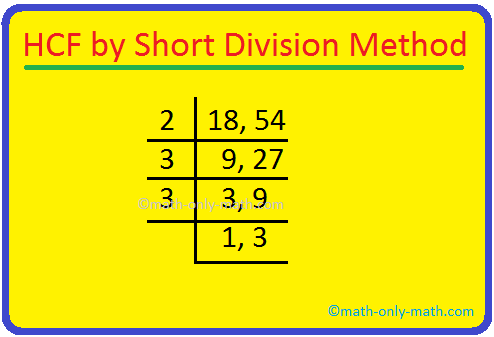

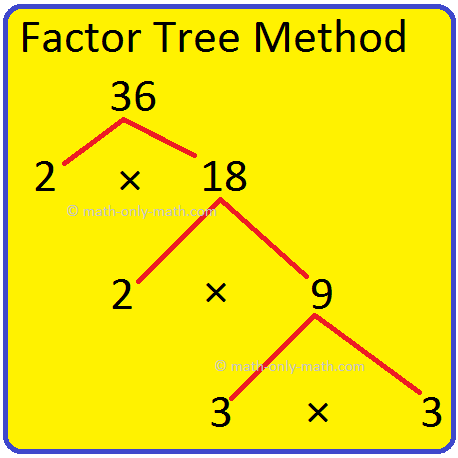
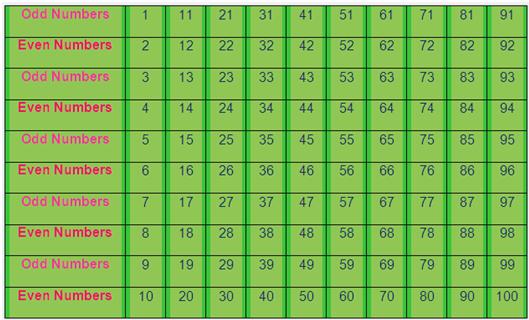
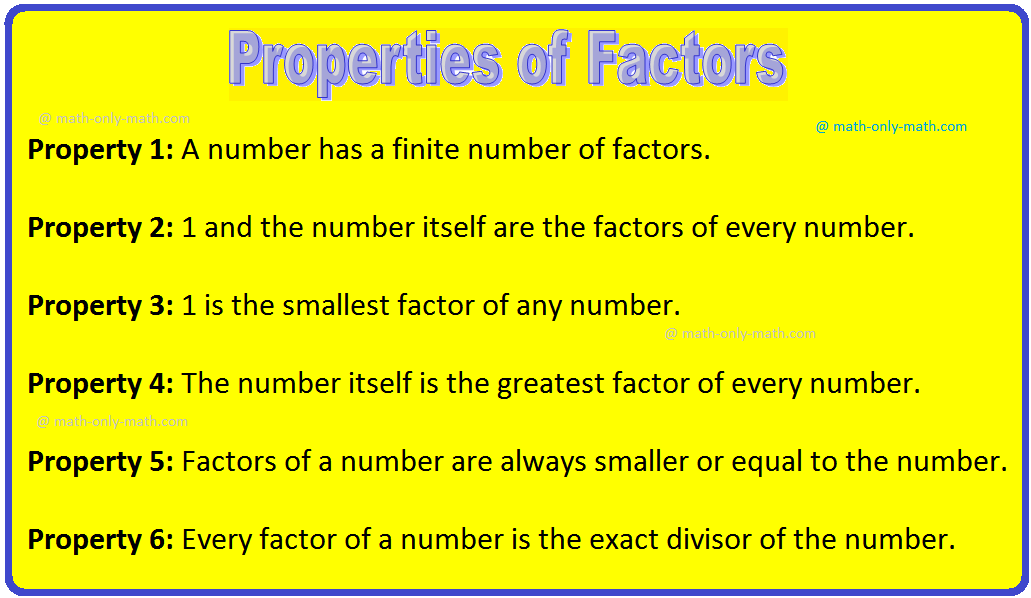
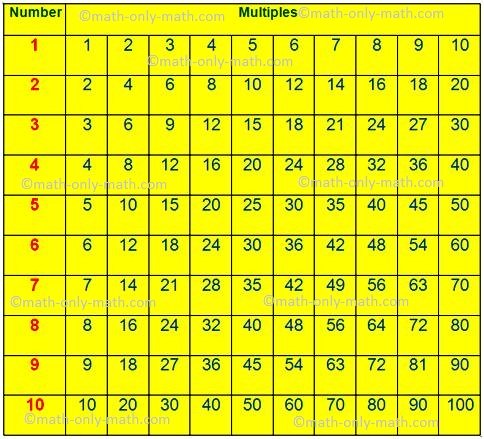
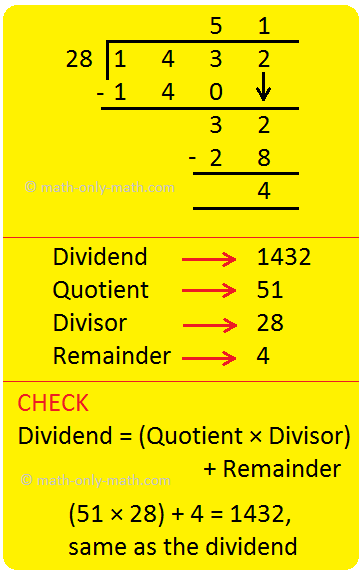

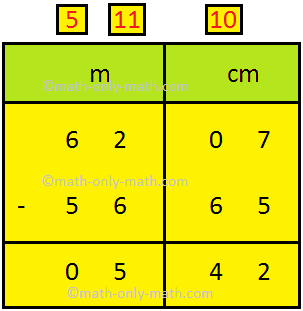
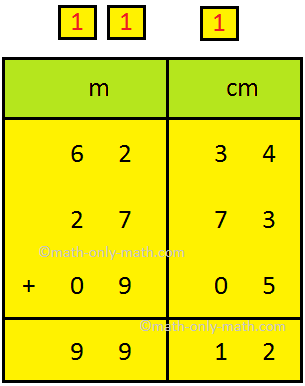
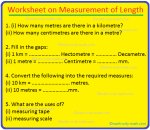

New! Comments
Have your say about what you just read! Leave me a comment in the box below. Ask a Question or Answer a Question.